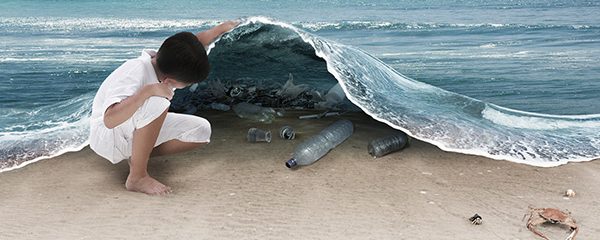Too many people refuse to take the impact of plastic bags, trash, and debris in the oceans seriously.
For some it is as simple as out of sight and out of mind. If they can’t see it (the destruction caused by plastic trash), it cannot possibly be an issue to grapple with. For others, the attitude they present is,”don’t bother me with facts, my mind’s made up!”
I happened across this video of a Bryde’s whale dying after having eaten plastic trash. This was confirmed after the necropsy as this brief clip shows.
[youtube=http://www.youtube.com/watch?v=Dgv5uV64j44&feature=related]
If you think this was a very rare occurrence, think again. The following is from a recent post from The Nature Conservancy:
Plastics: 1, Marine Mammals: 0
Plastic bags, plastic cups, plastic sheeting, plastic bottles, plastic toys, plastic, plastic, plastic. There’s even a patch of Pacific Ocean — thought to be at least the size of Texas and dubbed the Great Pacific Garbage Patch — that is just plastic and other trash, bobbing along at the surface, circling in the current.
Still, plastics aren’t the only problem, just one of the most obvious. All over the world, animals (especially marine mammals and sea turtles) are dying from eating our trash.


The world must control the production of plastics before it is too late. The most immediate change we can make for the benefit of sea life is to stop dumping bags into the rivers and oceans. That is not going to happen, so as a matter of urgency the plastic packaging industry must switch over to using EDIBLE plastic.
Edible plastic is not so far fetched as it seems, since it is merely the re-arrangement of some polymerase chains to allow it to disassociate in the stomachs of creature. It will not necessarily have any food value but at least it will not block a poor creature’s digestive tract.
I calculate that it will cost approximately $0.004 cents per bag to switch over. The plastics would in all likelihood find their way onto the grey food market and be used as a bulking agent. Considering that China would be the main manufacturer of these plastics this would have a harm minimization result. There would be fewer Chinese children poisoned by inedible plastics in their milk formula if edible plastics were widely available.
Congratulations on a very well done blog.
Pingback: Tweets that mention OUR CRIMINAL MISUSE OF PLASTIC « SAY NO TO PLASTIC . . . -- Topsy.com